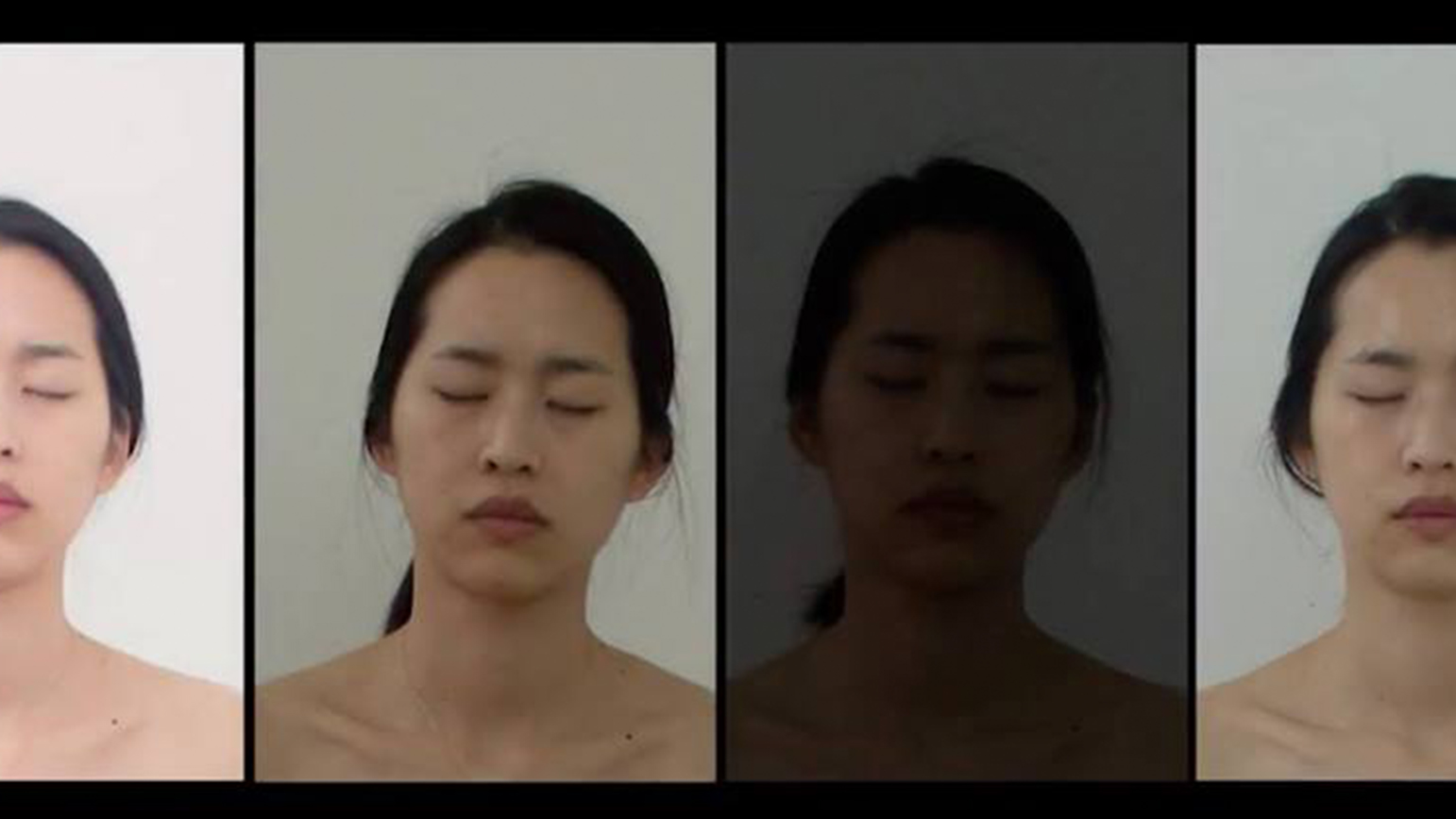
For the last five years, I have been interested in and have practiced meditation. My mediation practice naturally influenced my art practice; I heard from people my art was meditative. To develop my meditative art practice, I wanted to have a clearer understanding of meditation, and why people need to practice meditation in an urban environment.
To gain better knowledge and experience about meditation, I participated in the 10 day Vipassana meditation course at Dhamma Meditation Center in Delaware from August 1st to August 12th, 2018. Vipassana means to see things as they really are and is one of India’s most ancient techniques of meditation. This technique was rediscovered by Gotama Buddha more than 2,500 years ago. It aims for the total eradication of mental impurities and the resultant of highest happiness and full liberation.
The Dhamma Meditation course I attended was taught by Satya Narayan Goenka in the tradition of Sayagyi U Ba Khin. Goenka started teaching Vipassana meditation in 1969 in India and people came from all over the world to study with him. Now, these meditation courses are in Asia, Europe, the Americas, Africa, and Australasia, and are taught by thousands of teachers who are appointed by Goenka.
Throughout this meditation course, I realized the value of a simple life. All we did during the course was eating, sleeping, and meditating. To be separated from the outer world, we were not allowed to use any phone or internet. Talking, reading and writing was also prohibited during the course. As the cycle of living simplified, I realized I have been wasting time and energy—trying to satisfy my possessiveness.
Prior to this meditation course, I practiced meditation in several meditation centers in Korea. My experience in Korea was different than Delaware because of the level of strictness. In my Korean courses, the guider served us food. For breakfast and lunch, participants ate one scoop of rice and beans, half of a cucumber, and half of a tomato. At dinner times, we ate one potato. In contrast, in the course at Delaware, the participants were free to serve their own food, which allowed us to control our own portions. And within the vegetarian meals we had, there were options to meet our dietary preferences.
A second difference the courses was how strictly sleeping was controlled. In Korea, students were never allowed to sleep or go to bed during meditation time. Whereas in the course at Delaware, people were free to go back to their bedroom during meditation.
Between the meditation centers in Korea and Delaware, their difference in restriction taught me how eating and sleeping have effect on awakening my mind and body. I realized why I need to be strict about eating and sleeping. In the beginning of the courses in Delaware, I tried to resolve my inhabited desires by eating and sleeping enough in this restricted environment. But soon after, I realized the amount of sleeping and eating I was doing rather disturbed the awakening of my sensations. My body felt drowsy and heavy. It was difficult to sit straight and still with a full stomach and I often fell asleep. My mind felt cloudy, full of thoughts. I came to realize how unnecessary all of these thoughts were. As I intentionally reduced eating and sleeping, my mind and body felt clearer.
Once I purified my mind and body, I focused on one thing—the repetition of breathing in and out. Deepening my sensations, I began to comprehend the ephemerality of life. In Goenka’s lecture, he said “Body is not a solid mass. It is nothing but a mass of subatomic particles that are constantly appearing and disappearing.” As I did the Vipassana breath meditation, I focused on the wind that was going in and out under my nose. All the trivial senses that I have missed became conscious. Pain in my back and spine, needles in my legs, and the itchiness on my face arose but suddenly faded. Everything was constantly transforming into another; therefore, it was pointless to identify myself through my body, my senses, and my thoughts. They were just hollow spaces. This relates to the uncertainty principle in quantum physics which states that, in the microscopic realm, the existence of elementary particles is hard to define. They fluctuate in their position and velocity because of their wave-like quality.
From the meditation practices in Delaware, I learned the only way to wake our body and mind is to live a simple life. By regulating daily habits, I found how much I have been over-consumed by my desires. And by minimizing eating, sleeping, and other activities, I was able to appreciate the simplicity in life and focus on my meditation and learn the law of impermanence in nature.
Because of this experience, I want to give a platform for experiencing the simple life that offers an alternative to the excessive stimulation in our daily life by advertisements, social media, and news in a mass-consumer culture. By reducing visual and verbal stimulation in my artwork, I want to awaken our numbness and bring people’s attention to the subtle changes in our daily life.
– Yejin S. Lee, MFA ’20




